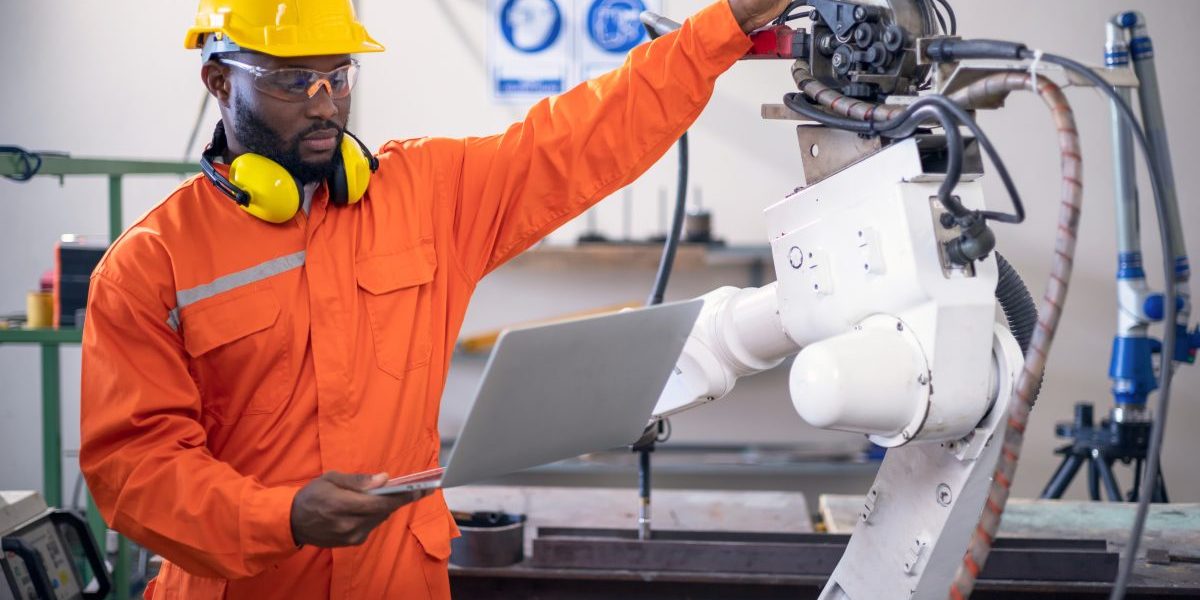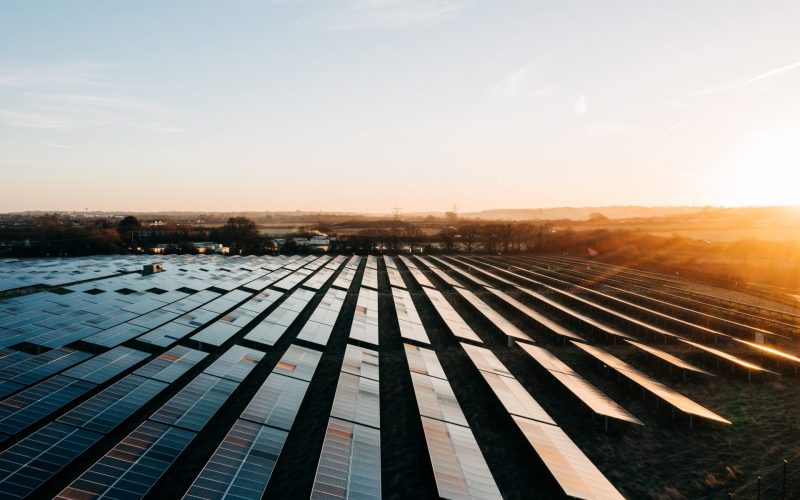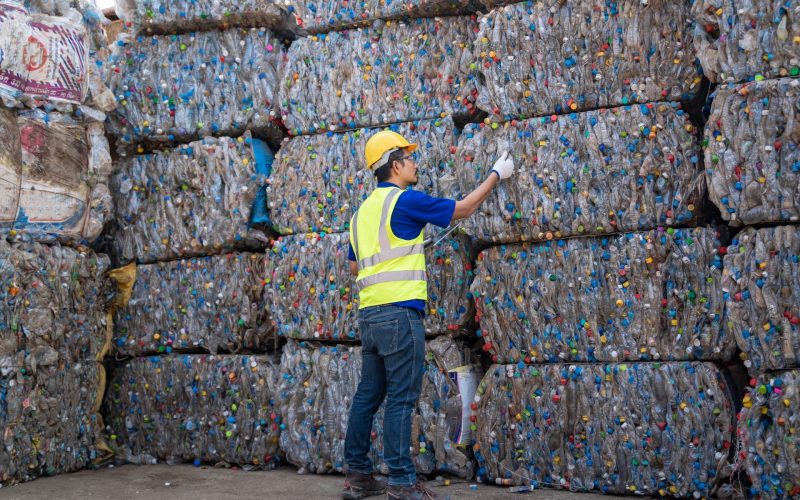SADC strategies such as Vision 2050 , the Regional Indicative Strategic Development Plan and the Industrialisation Strategy and Roadmap aim to harness technological innovation to boost region-wide industrialisation for sustainable and inclusive economic well-being. An anticipatory approach to industrial policymaking and governance could pave the way towards the necessary transformation articulated in these strategies.
As the COVID-19 pandemic has demonstrated, waiting until a crisis has struck is too late to implement mitigation strategies. Anticipatory governance offers national decision-makers an alternative, more proactive approach which considers the current complex and uncertain environment.
Anticipatory governance extends through society by building capacity to act on emerging trends such as digitisation and climate action, thereby helping policymakers address complex problems through experimentation with multiple stakeholders. Importantly, the approach embeds foresight into the policy process so it can adapt to new trends and address uncertainty through actions in the present.
The upcoming Conference of the Parties (COP) 27 climate change summit provides the ideal platform for SADC policymakers and the private sector to exercise foresight and pursue anticipatory governance.
There are five key opportunities for SADC decision-makers to embed anticipatory governance in industrial planning:
1. Reskill, upskill and develop new skills
The emerging 4IR and regional strategies such as the SADC Industrialisation Strategy and Roadmap emphasise the digitisation imperative for education and training systems. Higher education and vocational skills to power the green economy in the SADC region will also be critical to cater for new industry demands and spur economic growth.
UNESCO’s Futures of Education initiative – aimed at re-thinking education’s role and its interaction with the future – provides a roadmap for collaborative and anticipatory action by SADC governments. This initiative outlines the need to position education and training systems so that they become adaptive and able to take advantage of change and uncertainty. Capacity building to unlock personal and collective agency of citizens in a changing word will be key.
2. Foster innovation ecosystems to experiment
Competitive advantage in the 4IR world will mean an innovation-driven economy for the SADC region. This can be achieved by leveraging the untapped youth potential through skills development and supporting innovation ecosystems to build critical competencies and skills pertaining to blockchain, financial technology (fintech) or renewable and decentralised energy technology.
Innovating ecosystems create microcosms to experiment with new products and services to alleviate local problems and leverage global demands. Fostering regional innovation will also be key to leapfrog legacy industries and identify uniquely ‘homegrown’ sustainable economic and social pathways. Increased innovation will also translate into economic diversification, intra-regional trade and investment flows.
Importantly, regional collaboration will be key to supporting innovation. National governments working in silos will hinder knowledge transfer and limit the scale of innovation. Instead, SADC member governments should aim to harmonise country-level strategies to leverage collective intelligence, imagination and anticipatory capabilities.
3. Leverage our data
As governments are the biggest repositories of data, SADC member states should leverage their existing data repositories and implement open-data policies to promote data-informed innovation by citizenry and governments alike. This offers the potential to create new jobs, better inform policy design by governments and enhance the delivery of public services. To support this, mobilising investment to strengthen and expand internet infrastructure, including increasing access speed and reducing costs – will be essential.
Tax break incentives to expedite the shift to 5G technologies (so that mobile phones become the chief entry point to the internet) will help to promote a conducive economic environment. In addition, duty-free imports of telecommunication equipment, including telephones, will be critical to increase internet access for citizenry.
4. Develop green economy clusters
The SADC region’s richness in various minerals and metals needed to scale renewable energy technologies offers opportunities for value-addition, such as the manufacturing of batteries. This provides an opportunity for industrial policymaking to ensure economic inclusivity in the emerging green economy, by developing the capacity of small, medium and micro enterprises – as well as previously marginalised groups such as women and youth.
5. Reposition the mining sector
For most SADC countries, the mining sector is a significant driver of foreign exchange earnings. It currently contributes at least 10% to the region’s GDP. The sustainability of the sector is therefore an important regional economic driver. Promoting innovative business models in the mining sector across SADC can reposition the sector as a leader in the emerging circular or bio-economy. For example, outcome-based or servitisation models ( selling machine hours instead of selling a commodity) can foster the emergence of high-value service industries as well as broaden and re-imagine what industrial development can look like on the continent. This is also referred to as ‘industries without smokestacks‘.
Regional strategies have the potential to spur social and economic transformation through industrialisation. By embedding foresight in industrial policymaking at a country and regional level, policymakers can ensure improved decision-making, implementation and the ability to cope with future challenges.
Anticipatory governance has the potential to put the SADC region at the heart of an inclusive and ever-changing global economy.
Download the SAIIA research report on which this piece is based.









